1-AD
Perhaps not even the most well-known PED ever to be produced by “The Clear Chemist”, Patrick Arnold, 1-AD (1-Androstenediol) became the first prohormone to take the supplement industry by storm. 1-AD is single-handedly responsible for turning a generation of supplement skeptics into believers. Not only did this compound mark a milestone as one of the most popular, and more importantly effective, supplements to ever be introduced; it also helped pave history in many professional sports. 1-AD was front and center in the debates and hearings over just how the new crop of athletes was able to hit so many damn home-runs.
With the -diol structure, aromatization and estrogenic side effects aren’t a cause of concern for users. The only side effects present were those associated with excessively high dihydrotestosterone (DHT) levels, including male pattern baldness and benign prostate hypertrophy.
M1T
When news began sweeping the bodybuilding world of the initial prohormone ban in 2004, Methyl-1-Testosterone had begun making quite a name for itself. Users noticed a low dose of 20mg per day to outperform 10x that amount of its already popular unmethylated counterpart, 1-Testosterone (which narrowly missed this list).
Beyond the incredible potency, was the historical significance. This was the first highly popular prohormone to bridge the gap from moderate, unmethylated prohormones into the dirtier, methylated era of prohormones. While M1T was swept up in the Anabolic Steroid Control Act of 2004, supplement manufacturers took note of both the power and profitability of methylated compounds that require exponentially less active ingredient to be consumed in order to produce incredible gains.
1-AD underwent stages of evolution. After its release, the primary target hormone 1-testosterone also became a popular prohormone, before it was ultimately methylated and we effectively saw users able to get incredible results with mere milligrams of the hormone! M1T remains a legend in the minds of many, as the structural modification known as methylation allowed the steroid to be far more bioavailable and resistant to breakdown in the liver. Prior to this compound, few prohormone users had complained of deleterious effects to liver enzymes, a decrease in appetite, bloating, headaches and lethargy that are all commonly reported with methylated compounds.
1,4-AD
Boldenone is an unmethylated precursor to the popular anabolic steroid Boldenone, also commonly referred to as EQ or Equipoise. Boldenone is a very well tolerated anabolic, with a common cycle being 600-800mg daily for 8 weeks. Much like EQ, users knew they could expect to begin seeing visual changes to their physique around 3 weeks into the cycle, while other effects such as an increase in appetite became prevalent much sooner. This precursor remained wildly popular from its inception when William Llewellyn introduced it in 2000 through its ban in 2010.
Users enjoyed slow and steady lean mass gains that were maintainable after the cycle. The relatively low androgenic properties allow this anabolic to exhibit mild side effects across the board, including very little estrogenic activity/aromatization. Cautious PED users were very fond of the benefit to potential harm ratio with Boldenone, just as decades of bodybuilders have long felt about Boldenone.
Superdrol
No list would be complete without the notorious mass gainer that requires doses as low as 10mg to add serious size without the water retention associated with most steroidal compounds with this level of mass building power. Incredible fullness within muscle bellies and a dry, grainy look led many to report of weight gains around 10lbs that were actually accompanied by a loss in body fat! If it all sounds too good to be true, bear in mind that this potent oral is also notorious for liver damage from the di-methyl bond, headaches from blood pressure increases, rapidly declining lipid values and many reporting the development of gynecomastia after discontinuing usage
Halodrol
The stars aligned perfectly for the launch of this compound, as legislation was loose enough to allow for its release, yet had already banned the few compounds that were more effective. There was also no backlash against pro hormones yet at the retail level, and many mainstream consumers didn’t realize how closely these supplements resembled steroids in chemical structure. Halodrol was able to reach the masses due to its widespread availability in physical retailers and even prominent chains, as well as the online stores where many prohormones have typically experienced the most commercial success.
Halodrol (4-chloro-17a-methyl-androst-1,4-diene-3b,17b-diol) is very similar to the popular anabolic agent Oral Turinabol, both in structure and in ergogenic effects. Turinabol is a derivative of the potent mass builder Dianabol. With relatively low androgenic properties compared to Dianabol, it allows the user to see proportionally more strength increases than size increases. Athletes who compete in sports with weight classes such as boxing, mixed martial arts, wrestling, and powerlifting have found Halodrol to be a terrific performance-enhancing drug for a full decade now.

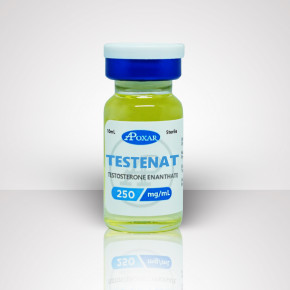
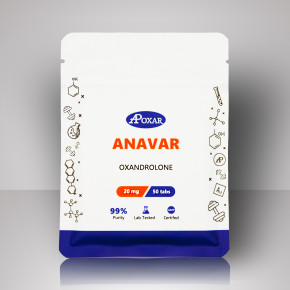
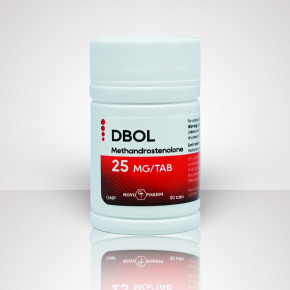
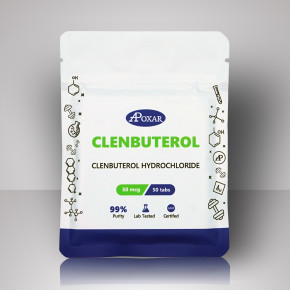
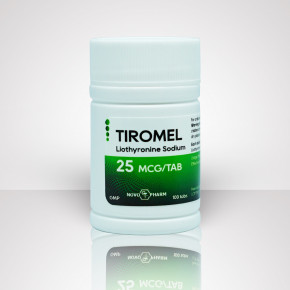
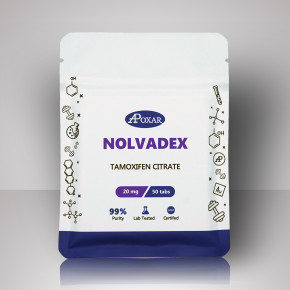
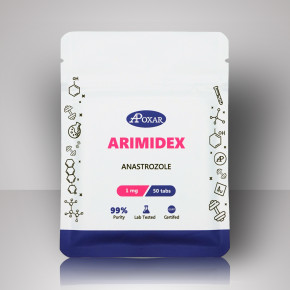
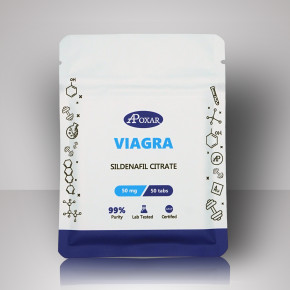
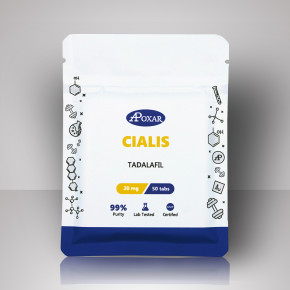
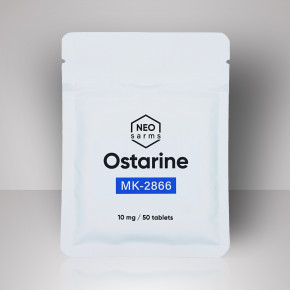
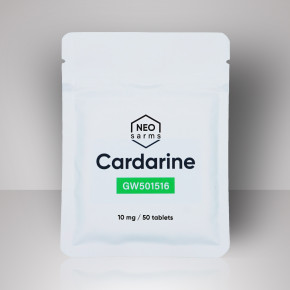
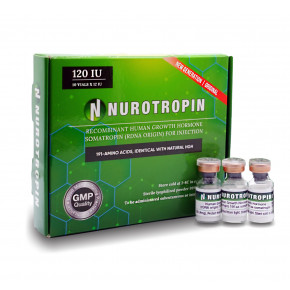
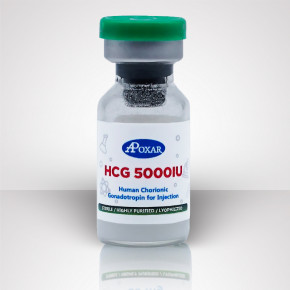
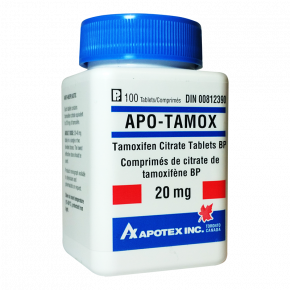
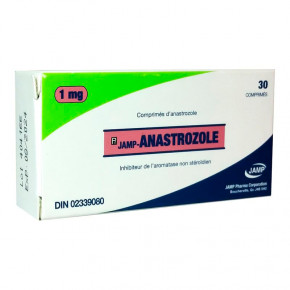
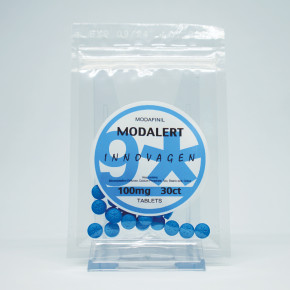
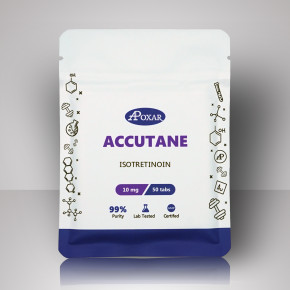
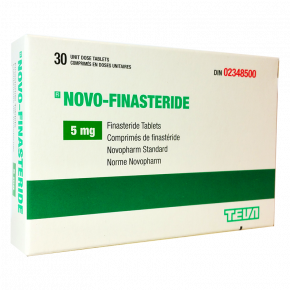
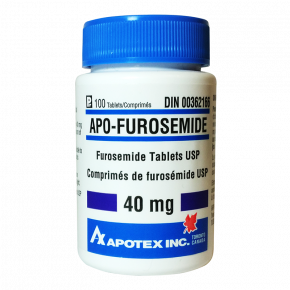
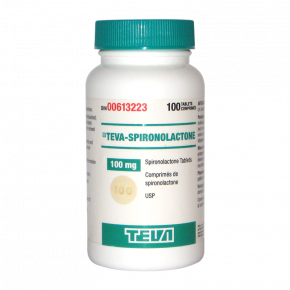
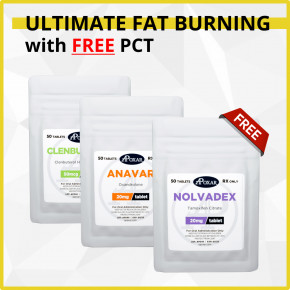
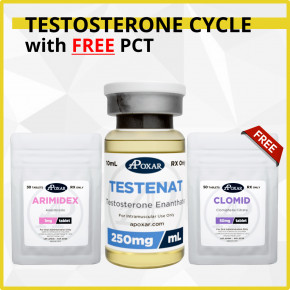
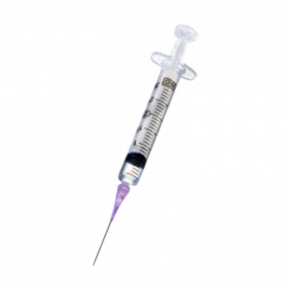
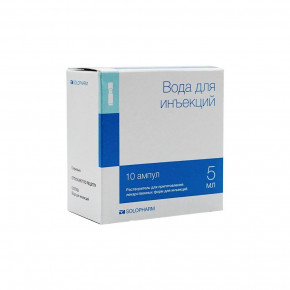

 Proudly Serving Canadians Since 2012
Proudly Serving Canadians Since 2012